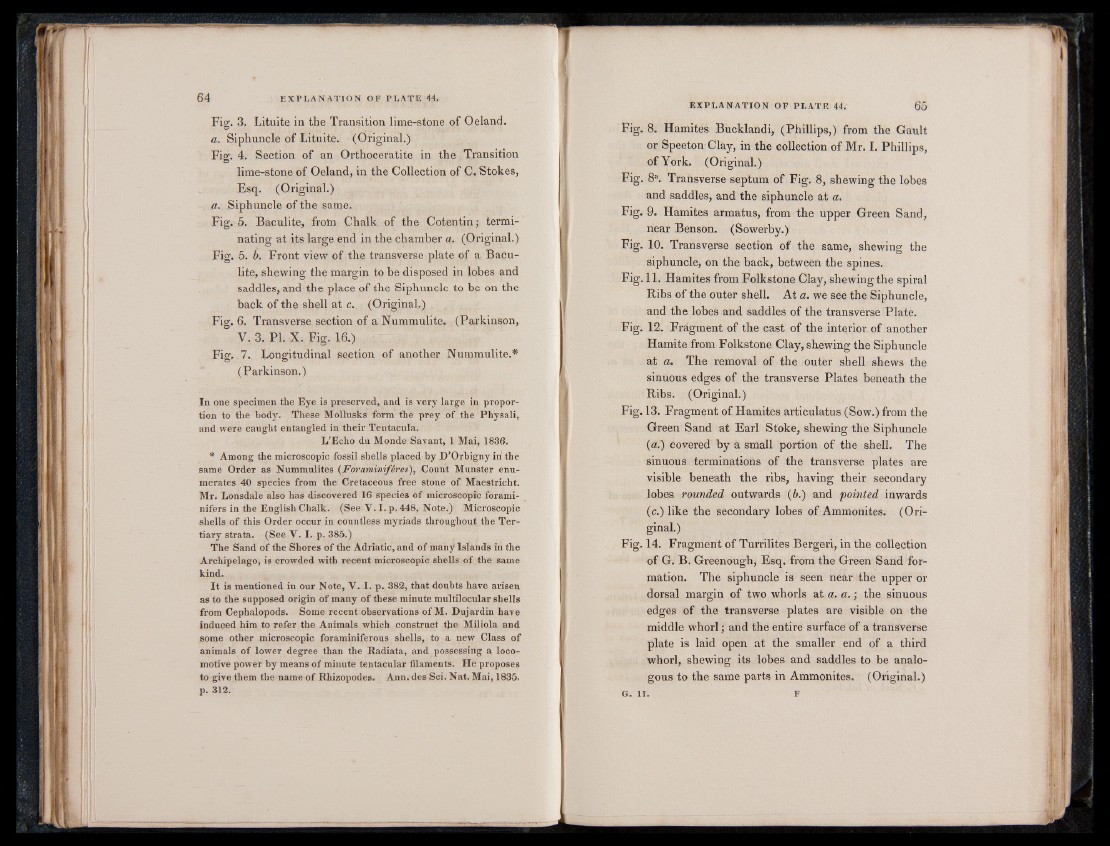
Fig. 3. Lituite in the Transition lime-stone of Oeland.
a. Siphuncle of Lituite. (Original.)
Fig. 4. Section of an Orthoceratite in the Transition
lime-stone of Oeland, in the Collection of C. Stokes,
Esq. (Original.)
a. Siphuncle of the same.
Fig. 6. Baculite, from Chalk of the Cotentin ; terminating
at its large end in the chamber a. (Original.)
Fig. 5. b. Front view of the transverse plate of a Baculite,
shewing the margin to be disposed in lobes and
saddles, and the place of the Siphuncle to be on the
back of the shell at c. (Original.)
Fig. 6. Transverse section of a Nummulite. (Parkinson,
V. 3. PI. X. Fig. 16.)
Fig. 7. Longitudinal section of another Nummulite.*
(Parkinson.)
In one specimen the Eye is preserved, and is very large in proportion
to the body. These Mollusks form the prey of the Physali,
and were caught entangled in their Tentacula.
I/Echo du Monde Savant, 1 Mai, 1836.
* Among the microscopic fossil shells placed hy D’Orbigny in the
same Order as Nummulites (Foraminifères), Count Munster enumerates
40 species from the Cretaceous free stone of Maestricht.
Mr. Lonsdale also has discovered 16 species of microscopic forami-
nifers in the English Chalk. (See V. I. p. 448, Note.) Microscopic
shells of this Order occur in countless myriads throughout the Tertiary
strata. (See V. I. p. 385.)
The Sand of the Shores of the Adriatic, and of many Islands in the
Archipelago, is crowded with recent microscopic shells of the same
kind.
I t is mentioned in our Note, Y. I. p. 382, that doubts have arisen
as to the supposed origin of many of these minute multilocular shells
from Cephalopods. Some recent observations of M. Dujardin have
induced him to refer the Animals which construct the Miliola and
some other microscopic foraminiferous shells, to a new Class of
animals of lower degree than the Radia ta, and possessing a locomotive
power by means of minute tentacular filaments. He proposes
to give them the name of Rhizopodes. Ann. des Sci. Nat. Mai, 1835.
p. 312.
Explanation of plate 44. 65
Fig. 8. Hamites Bucklandi, (Phillips,) from the Gault
or Speeton Clay, in the collection of Mr. I. Phillips,
of York. (Original.)
Fig. 8a. Transverse septum of Fig. 8, shewing the lobes
and saddles, and the siphuncle at a.
Fig. 9. Hamites armatus, from the upper Green Sand,
near Benson. (Sowerby.)
Fig. 10. Transverse section of the same, shewing the
siphuncle, on the back, between the spines.
Fig. 11. Hamites from Folkstone Clay, shewing the spiral
Ribs of the outer shell. At a. we see the Siphuncle,
and the lobes and saddles of the transverse Plate.
Fig. 12. Fragment of the cast of the interior of another
Hamate from Folkstone Clay, shewing the Siphuncle
at a. The removal of the outer shell shews the
sinuous edges of the transverse Plates beneath the
Ribs. (Original.)
Fig. 13. Fragment of Hamites articulatus (Sow.) from the
Green Sand at Earl Stoke, shewing the Siphuncle
(a.) covered by a small portion of the shell. The
sinuous terminations of the transverse plates are
visible beneath the ribs, having their secondary
lobes rounded outwards (b.) and pointed inwards
(c.) like the secondary lobes of Ammonites. (Original.)
I
Fig. 14. Fragment of Turrilites Bergeri, in the collection
of G. B. Greenough, Esq. from the Green Sand formation.
The siphuncle is seen near the upper or
dorsal margin of two whorls at a. a .; the sinuous
edges of the transverse plates are visible on the
middle whorl; and the entire surface of a transverse
plate is laid open at the smaller end of a third
whorl, shewing its lobes and saddles to be analogous
to the same parts in Ammonites. (Original.)
G. II. F